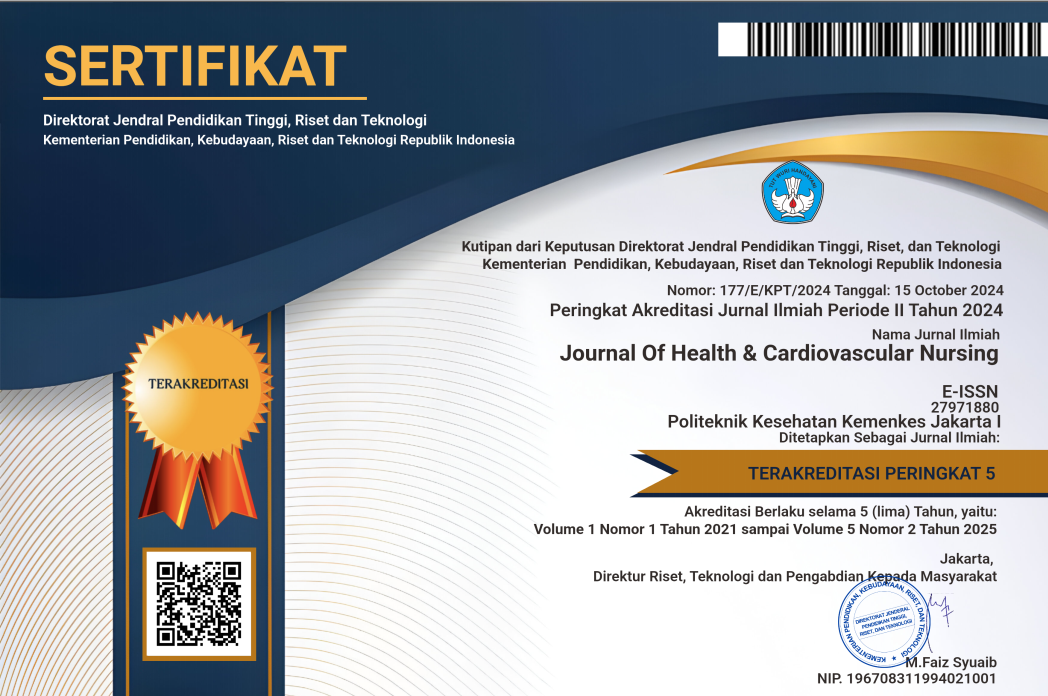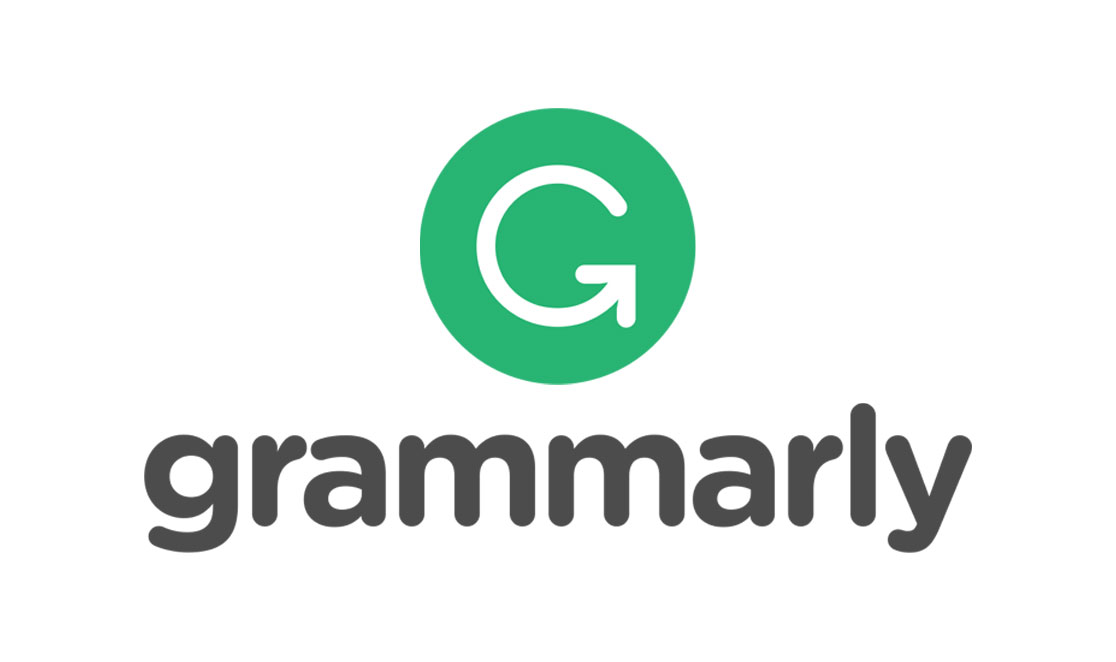Use Of Mobile Health In Care Management Hypertension Patients: Literature Study
Keywords:
hypertension, mHealth, mobile AppsAbstract
Hypertension is the major caused of cardiovascular mortality in the world and in Indonesia, hypertension is the riskfactor of cardiovascular disease such as heart failure, chronic kidney disease, diabetes mellitus, and stroke. Currenttechnology improvement bring so many development information system refers patient monitoring and healthcare incertain community groups. Healthcare and health promotion who take advantage of mobile technology also known as mHealth. . This study uses a non-systematic literature review method based on relevant sources from related topics to beable to provide an overview of the use of mobile health in the management of hypertension control. Based on the resultsof a review of 7 research articles, it can be concluded that the use of mobile health applications is effective in managinghypertension disease control. 6 out of 7 of research shows that the use of mobile health has a significant effect onmanagement of hypertension patient care. Based on the result of f a review of 7 research articles, it can be concludedthat the use of mobile health applications is effective in managing hypertension controlDownloads
References
Bhandari, B., Schutte, A. E., Jayasuriya, R., Vaidya, A., Subedi, M., & Narasimhan, P. (2021). Acceptability of a mHealth strategy for hypertension management in a low-income and middle-income country setting: A formative qualitative study among patients and healthcare providers. BMJ Open, 11(11). https://doi.org/10.1136/bmjopen-2021-052986
Breil, B., Salewski, C., & Apolinário-Hagen, J. (2022). Comparing the Acceptance of Mobile Hypertension Apps for Disease Management Among Patients Versus Clinical Use Among Physicians: Cross-sectional Survey. JMIR Cardio, 6(1). https://doi.org/10.2196/31617
Cechetti, N. P., Bellei, E. A., Biduski, D., & Roman, M. K. (2019). Developing and implementing a gamification method to improve user engagement: A case study with an m-Health application for hypertension monitoring. Elsevier, 41(126–138), 126–138. https://doi.org/10.1016/j.tele.2019.04.007
Debon, R., Bellei, E. A., Biduski, D., Volpi, S. S., Alves, A. L. S., Portella, M. R., & De Marchi, A. C. B. (2020). Effects of using a mobile health application on the health conditions of patients with arterial hypertension: A pilot trial in the context of Brazil’s Family Health Strategy. Scientific Reports, 10(1), 1–11. https://doi.org/10.1038/s41598-020-63057-w
Kang, H., & Park, H. A. (2016). A mobile app for hypertension management based on clinical practice guidelines: Development and deployment. JMIR MHealth UHealth, 4(1),1–17. https://doi.org/10.2196/mhealth.4966
Kemenkes RI. (2018). Hasil Utama Riskesdas 2018 Kesehatan. In KemenkesRI.http://www.depkes.go.id/resources/download/infoterkini/materi_rakorpop_2018/Hasil Riskesdas 2018.pdf
Kemenkes RI. (2019). Buku Pedoman Penyakit Tidak Menular. In Kemenkes RI.http://p2ptm.kemkes.go.id/uploads/VHcrbkVobjRzUDN3UCs4eUJ0dVBndz09/2019/03/Buku_Pedoman_Manajemen_PTM.pdf
Kesehatan, D. (2006). Pharmaceutical Care Untuk Penyakit Hipertensi. In Dirjen Bina Kefarmasian dan Alat Kesehatan (Vol.16,Issue4).https://doi.org/10.1080/09505430701706822
Nurhafid, S. A., & Afriyani, T. (2017). Penggunaan Mobile Health Dalam Usaha Monitoring Hipertensi. Nursing Current, 5(1).
Oh, S. W., Kim, K. K., Kim, S. S., Park, S. K., & Park, S. (2022). Effect of an Integrative Mobile Health Intervention in Patients with Hypertension and Diabetes: Crossover Study. JMIR MHealth and UHealth, 10(1), 1–15. https://doi.org/10.2196/27192
Petrella, R. J., Stuckey, M. I., Shapiro, S., & Gill, D. P. (2014). Mobile health, exercise and metabolic risk: A randomized controlled trial. BMC Public Health, 14(1), 1–11. https://doi.org/10.1186/1471-2458-14-1082
Piette, J. D., Datwani, H., Gaudioso, S., Foster, S. M., Westphal, J., & Perry, W. (2012). Hypertension management using mobile technology and home blood pressure monitoring: Results of a randomized trial in two low/middle-income countries. Mary Ann Liebert, Inc, 18(8), 613–620. https://doi.org/10.1089/tmj.2011.0271
Qiang, C. Z., Yamamichi, M., Hausman, V., Miller, R., & Altman, D. (2012). Mobile Applications for the Health Sector. In ICT Sektor Unit World Bank. http://siteresources.worldbank.org/INFORMATIONANDCOMMUNICATIONANDTECHNOLOGIES/Resources/mHealth_report.pdf
Santo, K., & Redfern, J. (2019). The Potential of mHealth Applications in Improving Resistant Hypertension Self-Assessment, Treatment and Control. Curr Hypertens Rep, 21. https://doi.org/https://doi.org/10.1007/s11906-019-0986-z
Soenarta, A. A., Erwinanto, Mumpuni, S., Barack, R., Lukito, A. A., Hersunarti, N., & Pratikto, R. S. (2015). Pedoman Tatalaksana Hipertensi Pada Penyakit Kardiovaskular.https://doi.org/10.1103/PhysRevD.42.2413
Venkatesh, V., Morris, M. G., Davis, G. B., & Davis, F. D. (2003). User acceptance of information technology: Toward a unified view. MIS Quarterly: Management Information Systems, 27(3),425-478. https://doi.org/10.2307/30036540
Published
Issue
Section
Copyright (c) 2022 Journal of Health and Cardiovascular Nursing

This work is licensed under a Creative Commons Attribution-ShareAlike 4.0 International License.









